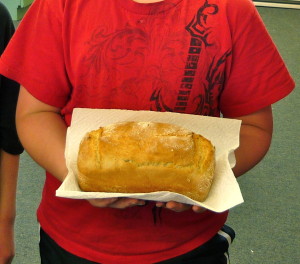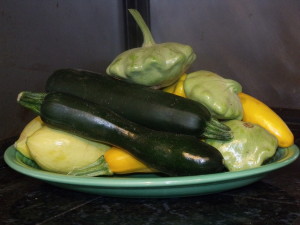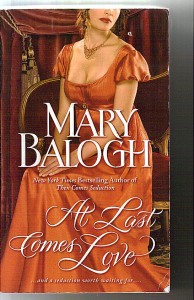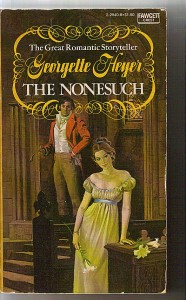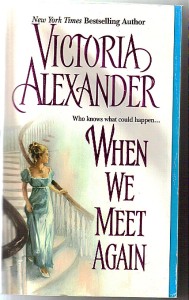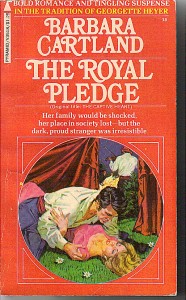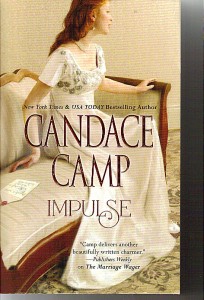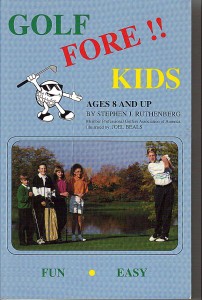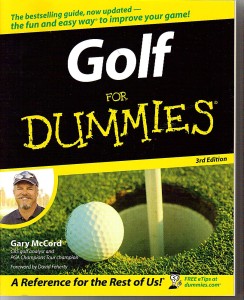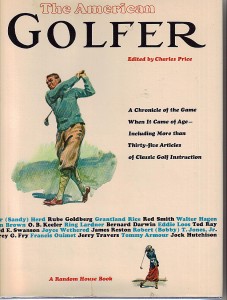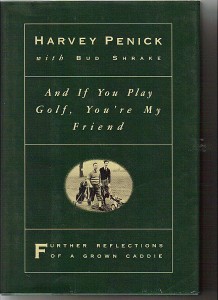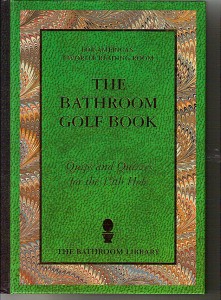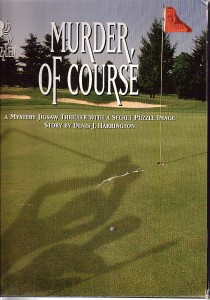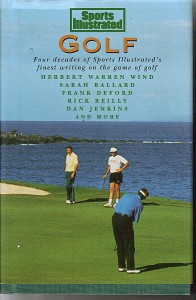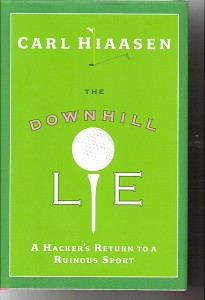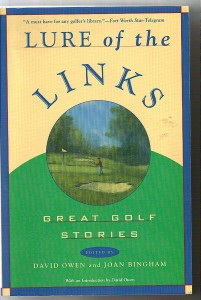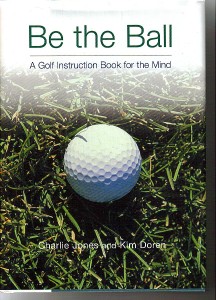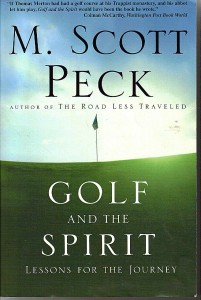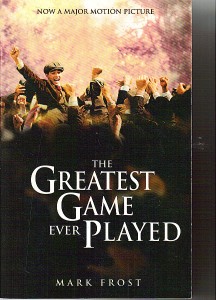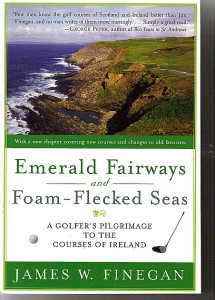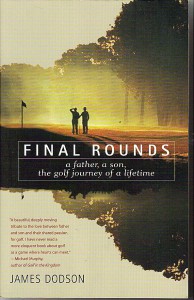Although the days are still warm, the night are getting cool and a hint of autumn is in the air. It’s time to retrieve the long pants from the back of the closet and try winter coats on the kids to see if they still fit. Around this time, I start looking forward to abandoning my backyard barbeque grill for my indoor oven, and begin to flip through my cookbooks in search of my favorite bread recipes. Nothing welcomes the first cool days of fall like the aroma of fresh baked bread.
I first learned to make bread while working as a cook at a retreat center in Washington. Nestled in the woods alongside Lake Chelan, the retreat center was accessible by boat only. Supplies, including food, were shipped up once a week. The quantity of bread needed to serve 500 people per meal during the high season was more than the allotted storage space, which meant we made our own bread, every day, sometimes thirty loaves at a time.
We had a recipe taped to the wall, and a huge, floor standing Hobart mixer with an enormous bread hook. The cook assigned to bread making would stand at the mixer, the bowl large enough to hide an average size person, and thrown in handfuls of salt, gallons of water, and scoopfuls of flour. Once we got the hang of it, most of us didn’t even measure. After the bread was mixed, the bread cook would grab a couple fellow workers to wrestle the large bowl full of dough onto the counter. The bowl would then be cover it with plastic, and the dough left to rise until mid-morning. When the time was right, everyone working in the kitchen would meet at the bread table and together we would shape the loaves. After a half an hour more of rising time, our bread was ready to go in the oven. It was that simple. What kind of bread was made depended on the cook on duty that day. Some bakers threw in seeds or oats while others used leftover bean soup or peanut butter. Some cooks preferred almost all whole wheat flour while the more popular cooks were heavy on the white flour. But in the end, it didn’t really matter what went into the dough, the final product that graced the tables in the dining room was fresh, delicious, and usually just the slightest bit warm.
Robert Browning wrote, “If thou tastest a crust of bread, thou tastest all the stars and all the heavens.” I definitely agree with Robert on that one, but I am often surprised how many people have confessed to me that they have never made bread from scratch. Although the best bread can be made with just a few simple ingredients–flour, yeast, salt, and water–people are often intimidated by bread recipe terms such as “proofing” and daunted by the long rising times. But like anything else, bread making is doable when broken down into manageable steps and with a bit of practice.
One way to insure your bread baking success is to check out some of our excellent cookbooks in the Baking Section of East Side Books. A reliable source to start with is the Sunset Cookbook of Breads. This book covers all the basics such as white sandwich bread, hearty rye loaves, and even gives simple instructions for making your own sourdough starter. I have several other cookbooks put out by Sunset, and I have found the recipes to be reliable and easy to follow. Another book that breaks down bread baking to a manageable level is Homemade Bread put out by Farm Journal. I especially love their recipe for Easter Egg Bread which features a colored egg in the center.
If you are already a seasoned bread baker, you should snatch up our copy of Flavored Breads by Linda Collister. This baking book not only has beautiful color photos, but has wonderfully interesting recipes such as Chile Pepper Bread, Sour Cherry Loaf, Poppyseed Loaf, and Olive Oil Bread made in a wreath shape. The Pillsbury Bake Off Bread Cookbook was published much earlier than Collister’s book, but also features some unique and delicious sounding recipes that stretch the concept of what bread is. Check out the mouthwatering recipe offerings such as Coffee Time Bread Rolls, Maple Butter Twists, and Cherry Rings. If you have a bread machine that helps you take a bread-making shortcut, check out our selection of bread machine cookbooks.
I love searching through the cookbooks at East Side Books for the perfect bread recipe. A few years ago, I stumbled on a quick yet tasty recipe in the wonderfully handy book The Tightwad Gazette II by frugal living expert Amy Dacyczyn. Although some of the ideas in her book are wacky–my husband said a big N-O to drying and recycling coffee grounds for a second use–the recipes are always excellent, cheap, and easy. The “Faster Than A Speeding Bread Machine” recipe is no exception. All that is needed is a few ingredients and a cold oven. I experimented with the original recipe until I came up with my own moister version.
Bread So Fast It Will Make Your Head Spin
5-6 cups all purpose flour (I use a combination of white and wheat flour.)
2 tablespoons of yeast
2 tablespoons of sugar
3 teaspoons of salt
2 cups of hot water
2 tablespoons of oil
Mix four cups of flour with yeast, sugar, and salt. Pour in hot water and beat vigorously 100 strokes, or three minutes with a mixer. Stir in the remaining flour until the dough is no longer sticky. Knead eight minutes, or if your mixer has a bread hook attachment, mix until a well-kneaded ball forms. Place the dough in a greased bowl, and cover with a damp towel. Let rise 15 minutes. Punch down. Divide into dough two. Shape into two round loaves and place on a greased cookie sheet, or shape into rectangles and place in greased bread pans. Place on the middle shelf of a COLD oven. On the lowest rack of the oven, place a muffin tin pan filled with hot water. Turn oven to 375 degrees, and bake 40 minutes or until golden brown on top and bottom. (If the loaves sounds hollow when you thump on the bottoms, they are done.) Remove loaves from pans immediately and let cool thoroughly on a wire rack before cutting.
This recipe is so foolproof that I have used it for a baking lesson in a class of 4th through 8th graders. In groups of three, they measured, stirred, and kneaded their dough. In fact, they kneaded their dough with so much gusto that their loaves rose higher than any I’d ever made before. The students were beyond pleased with themselves as they admired their golden loaves cooling on the wire racks. After eating several slices at snack time, delicious even without butter, each student took their leftover bread and a copy of the recipe home with them to try on their own.
If you have never baked bread before, or if it has been a few years since you filled your home with the aroma of fresh bread, stop by East Side Books and pursue our cookbook shelves for some baking inspirations. Pick up a packet of yeast and a bag of flour on your way home, and before you know it, you will too can be tasting the stars and heaven just like Browning.
